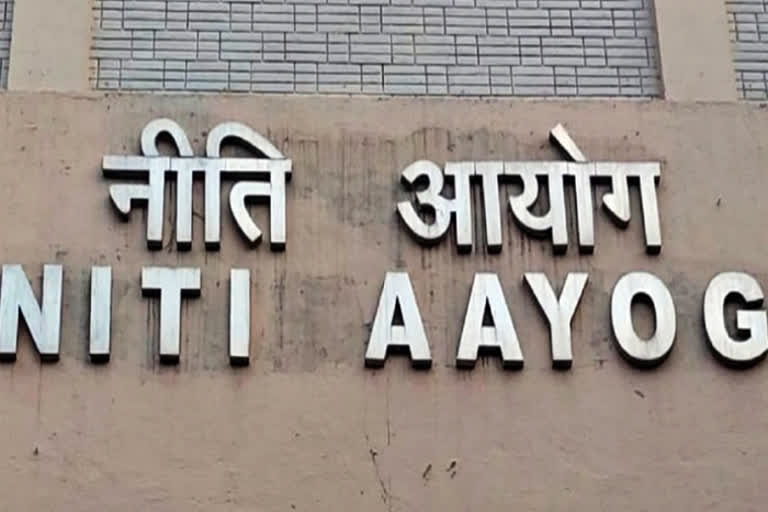New Delhi:A report released by India's apex policy-making body, the Niti Aayog, on Monday predicted that the number of gig economy workers, those who are employed for short periods and on flexible terms, will increase to 2,35,00,000 workers in the next 8-10 years. These workers will then make up nearly 7% of the total non-agricultural workers and over 4% of the total workers in the country by then and providing them with social security benefits remains a challenge for the policymakers and industry.
The gig economy workers, which include driver-partners for ride-hailing services such as Ola and Uber and delivery partners for numerous food, grocery and medicine delivery platforms, including leading e-commerce companies, such as Zomato, Swiggy, Amazon, Flipkart, Delhivery, Tata 1MG, Blinkit, Grofers, and Big Basket among others, lack the social security structure enjoyed by their counterparts in the formal employment of the same company and other companies as well.
These gig economy workers exhibit the socio-economic structure of both organized and unorganized sector workers. These new forms of employment, where more than 77,00,000 people are employed, entail a working relationship which is distinct from traditional employment.
Usually, long-term contracts form the basis for existing social security arrangements. However, in these new forms of employment, gig workers are often not covered or are only partially covered under the existing social security structure which offers provident fund payments, insurance cover and health facilities under Employees Insurance Corporation (EIC) hospitals.
Also read:ED takes builder Avinash Bhosle into custody in Yes Bank-DHFL case
Now there is a growing realization that existing social security arrangements need to be reworked so that the quality of life and quality of job of these gig economy workers can improve and meet the aspirations of India’s young job aspirants. Enormous public attention is being paid to the gig and platform economy so that a structure of portable social benefits can be created for these workers.
For instance, during the first year of the Covid-19 global pandemic, governments and platform businesses world over formulated special measures to grant social protection to platform workers.
